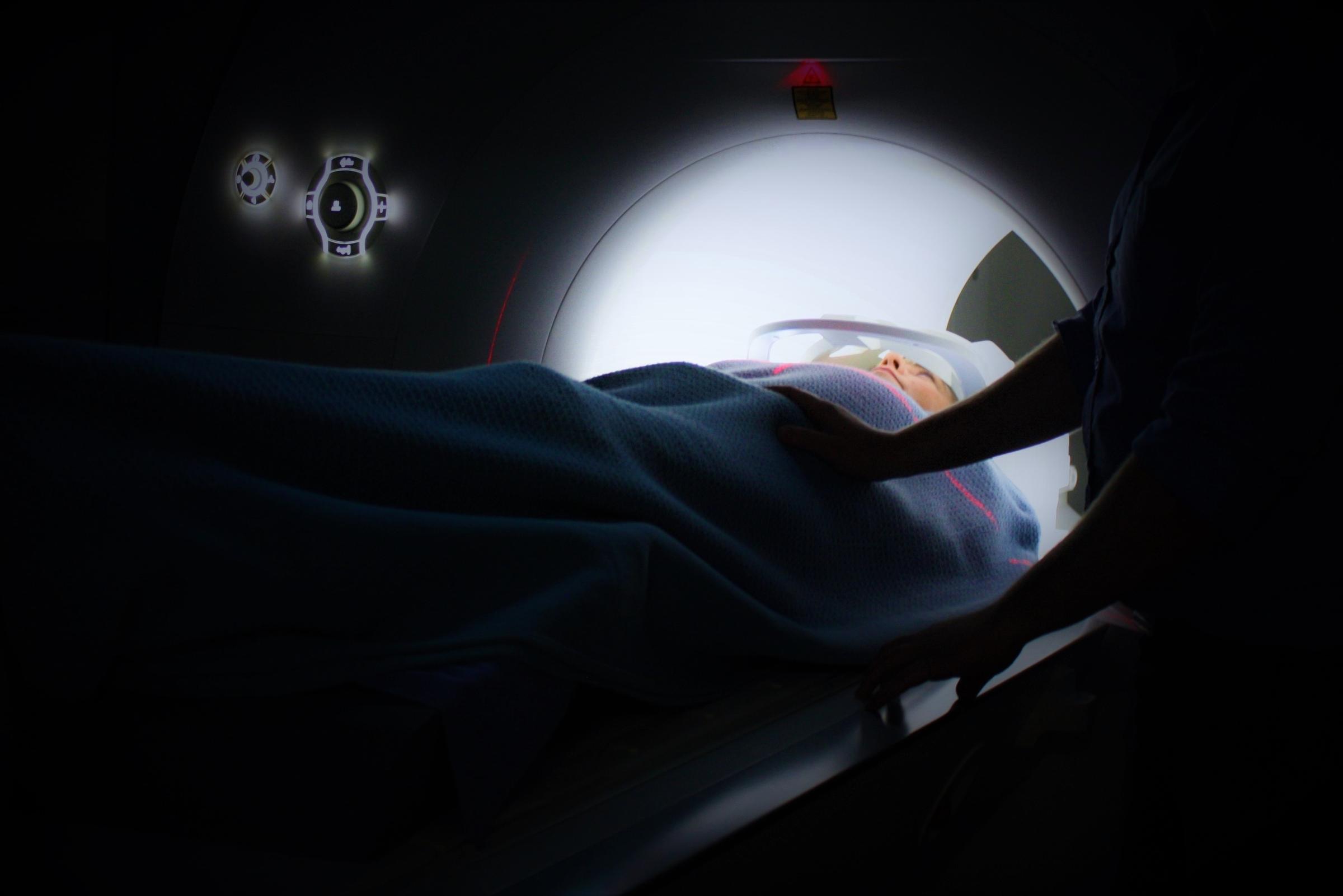Layman summary for IJQHC Volume 30 Issue 4 Editor's Choice Paper

Lay Summary for article “Quality of care and variability in lung cancer management across Belgian hospitals: a population-based study using routinely available data”
Lung cancer is a frequent disease diagnosed every year in 8000 people in Belgium. It’s also a very severe and life-threatening condition, with more than half of the patients dying quickly after the discovery of the cancer, because it evolves silently and is often spread in other vital organs. Only the patients for whom the cancer is not yet spread can be operated and can expect to be cured. Several treatment options exist to reduce the impact of the cancer and to prolong the patient’s life: surgery, radiotherapy (i.e. being exposed to radiation) and chemotherapy (drugs taken orally or by intravenous infusion), and often patients receive a combination of those treatments.
Our research project aimed to examine the quality of care given to those patients in all Belgian hospitals, from the largest academic hospitals to the smallest centres. Questions on quality of care were: how well do the physicians follow the clinical practice guidelines for this condition? Do specialists discuss their patients with their other colleagues, in multidisciplinary team meetings? How fast is the treatment started after discovery of the cancer? How often is medical imaging performed when it should be performed, and often is it performed when it shouldn’t be performed? Is the pulmonary function of patients well tested before they get surgery? How mortality after surgery or after radiotherapy does compare to other countries? Do patients still receive chemotherapy in the two weeks before they die? And how do hospitals report their data to the Belgian Cancer Registry? For each of these questions, we developed quality indicators, which are a measure to know whether the quality of care is high or not in a hospital, and to compare the quality of care between hospitals. We did not want to ask all physicians treating lung cancer patients in all Belgian hospitals to answer directly our questions, because they would not have the time to do this and we would get many missing answers. Instead we decided to use three administrative databases that are already available for all patients in Belgium: the database of the Belgian Cancer Registry, the database of the reimbursed healthcare (sickness funds) and the database of the Belgian death registry. We identified and linked patients in these three databases, based on anonymized patients’ identifiers. We could do this because we received the approval the Belgian Privacy Commission. That way, we could develop and measure twenty quality indicators.
Our results showed some good news: patients treated in Belgian hospitals have a relatively low risk of dying from lung cancer surgery, that encompasses complex and risky interventions (60 days after a surgery, the proportion of patients who died was 3.9%); for almost all patients the suspicion of cancer was adequately confirmed by analysing cells and tissues (histopathological confirmation in 93% of the cases); and, for the majority of the patients, appropriate imaging techniques (such as a PET-scan or a CT-scan) were performed before treatment (in 94% of patients these techniques allowed to obtain a whole body image, to detect the presence of metastases). Other results showed that there are still areas to be improved: such as the way hospitals transmit data on the extent of diseases to the Belgian Cancer Registry (only 80%, should be close to 100%). Also, more patients should have a scan of their brain to assess the presence of metastases before they receive treatment (79% for at-risk patients, should be higher). Finally, the time between diagnosis confirmation and start of first treatment was higher than 20 days for half of the patients treated. This time interval is considered to be too long because the chances of the patient to fight the cancer are reduced with time. In general, there was also a lot of variability observed between the hospitals for several indicators. In other words, some hospitals adequately followed the scientific guidelines to manage their patients and obtained very good results for their patients (high survival), while others need to improve their healthcare processes to give the same chances to their patients. Such analysis is a very useful tool for the hospitals, and this is why we’ve sent feedback to them: they can analyse their results, compare them to the results of the other hospitals and try to understand why they perform differently and how they can improve.
In summary, the advantage of our approach is that it allows to measure the quality of care for all patients with a specific cancer from all hospitals in Belgium, without any time spent in additional data collection. We analysed data from lung cancer patients, but this approach could perfectly be applied to other types of cancers. The drawback of this approach is that the evaluation we can perform is less precise than a prospective data collection (using questionnaires or independent observations), because we lack some important information on why a specific procedure was performed, or what was the result of a test. Nevertheless, it is an interesting tool to help physicians achieve a better quality of care.
